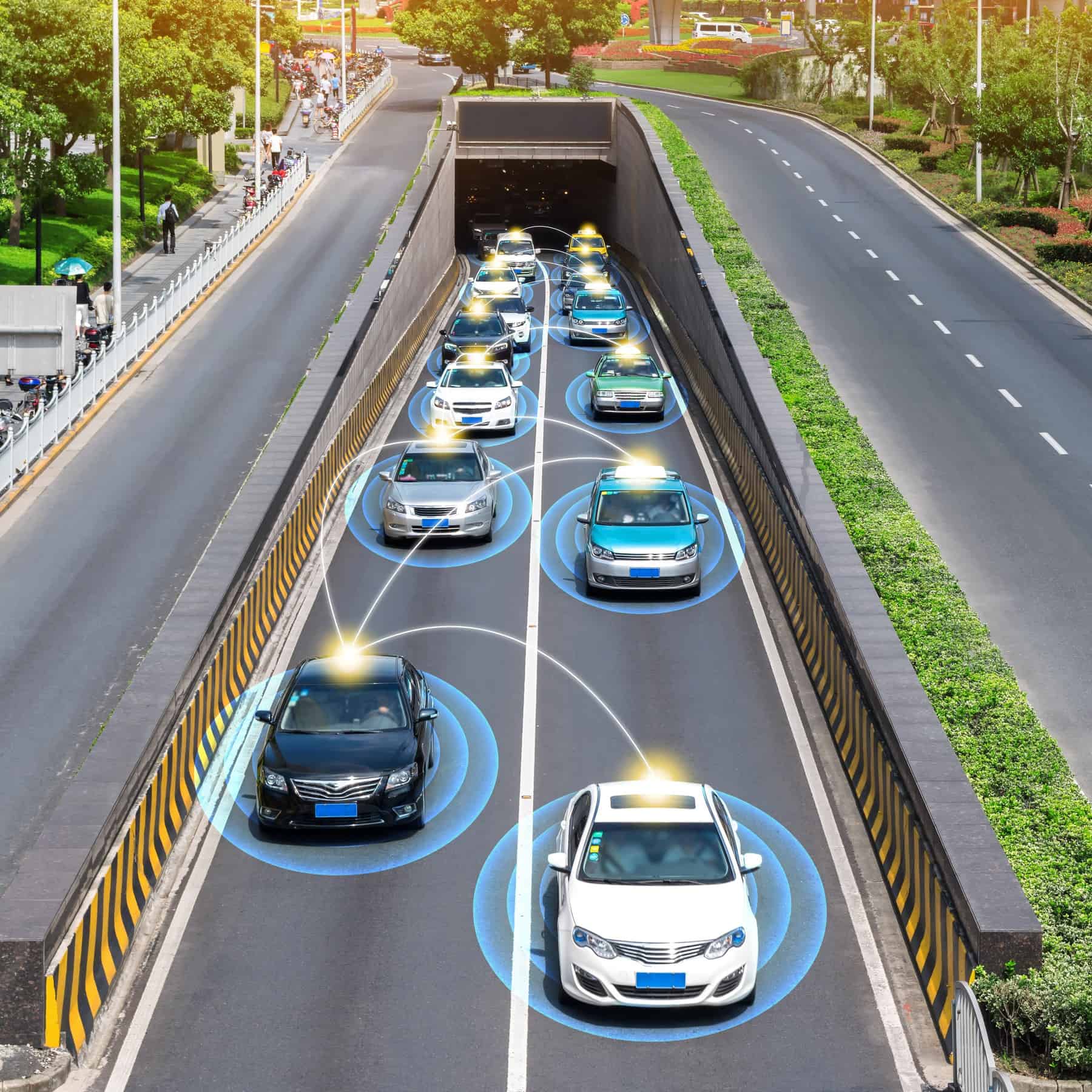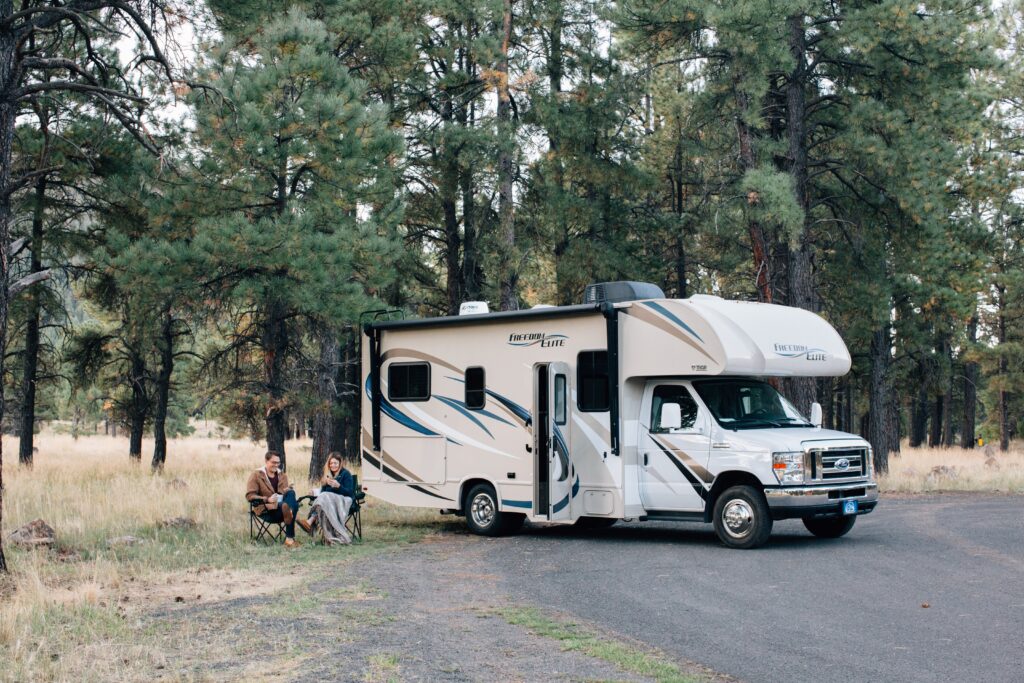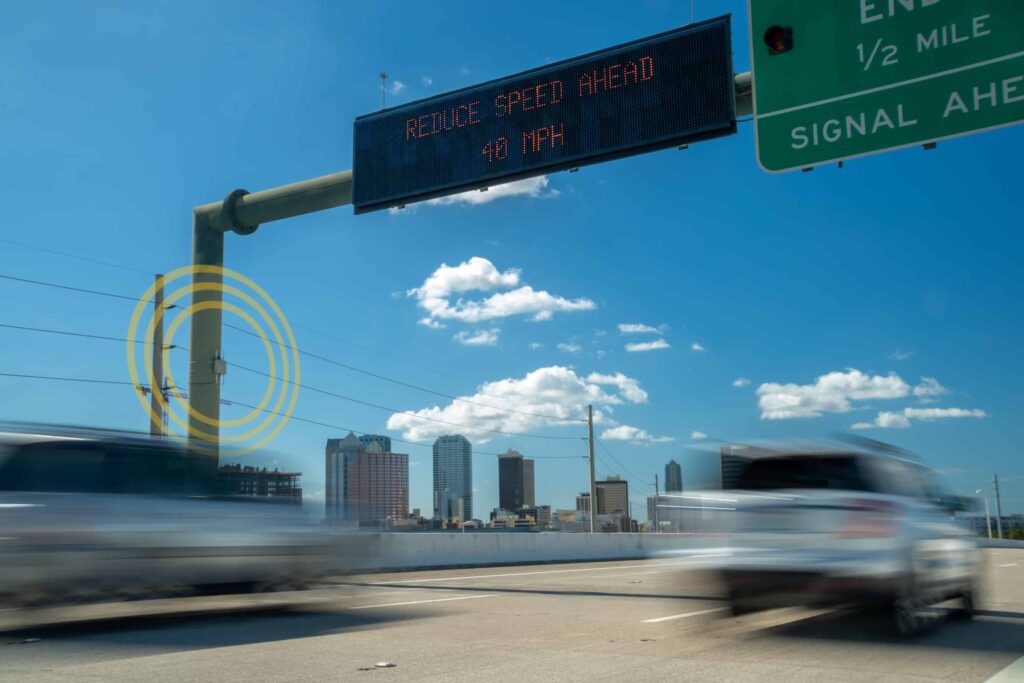
What Should You Expect from a Connected Vehicle Integrator?
SEPTEMBER 1, 2020 // JEFF VARICK
It isn’t easy to hire a service provider for a connected vehicle deployment. The field is still new enough that SmartCities have to feel their way through the dark. You don’t know what you don’t know, and the last thing you want is to have something come back to bite you in the tailpipe — like hiring the wrong contractor. A connected vehicle deployment project involves seven sections that are complex, highly technical, and tightly integrated with each other. What happens in early stages has a major impact on later stages — so it’s critical to make the right decisions out of the gate.
1) Establishing Requirements
The documents you have to write are long and intricate. It takes someone with a real gift for writing and project management to be able to complete one of these documents. Most of our clients have a lot of anxiety about the vehicle requirements plan, because they know they need to get a lot of vehicles equipped, but they don’t know what the vehicles’ limitations are. Brandmotion Solutions engineers have the experience with these documents that most installation companies don’t have. You won’t have to explain to us what a concept of operations is, and you won’t have to do it yourself. We know the information to plug into your process. Three ways you’ll see a difference with Brandmotion:
OBU spec development
The OBU supplier needs to know what apps will be loaded onto the OBU. We can help set the standards and the specifications, so that the proper equipment is purchased to do the job you want done.
HMI type selection
At one time, OBUs only used tones for notifications. Drivers didn’t know what they meant — if they were about to get T-boned or rear-ended, or something else. Brandmotion Solutions saw a tremendous opportunity to create a visual display for the driver, so they would know exactly what the warning was about. We developed visual notifications for rearview mirrors and heads-up displays that are projected onto the windshield. Both HMIs have opened up a whole new kind of solution for connected vehicle deployments.
Vehicle pool analysis
We can analyze the pool of vehicles in your state’s fleet — all of the emergency vehicles, snowplows, buses and more. We’ll analyze what it will take to integrate with those vehicles, then design an engineering solution that’s specific for each type of vehicle.
2) System Design and Engineering
Once we’ve established the project requirements, we begin designing the solutions. Your CV deployment project can go very wrong if you expect to buy an OBU and simply wire it into each of your vehicles. You need to be very systematic and thoughtful. Every vehicle has its own system, which requires unique design solutions. Brandmotion Solutions can design an integration solution for every car, no matter what make, model, year, or trim level. We’ll design for every element of the system in the installation — CAN, antennas, wiring harness, applications, HMI, and more. Let’s take a look at two of our specialties.
CAN data requirements and decoding/aggregating
Of the 500 messages that can be decoded in a vehicle, only a dozen or so are actually needed. We’ll determine which CAN messages are relevant, and decode them for every vehicle in the deployment. Often, we have that dataset in our databases already. If not, we’ll get hold of a vehicle that matches and decode it before we begin working on the vehicle in your pool.
App use case development
There are 60 different applications that can be loaded onto an OBU, but your deployment probably only needs about a dozen of them. We’ll determine the apps that are relevant to meeting your project goals.
3) Hardware Sourcing and Manufacturing
There’s a range of OBU suppliers to choose from, but each one is different from the others. Depending on your connected vehicle project, some OBUs will be more ideal than others. We use the Kepner-Tregoe Matrix to run an analysis that determines which hardware is best for your particular project. The process creates a systematic, disciplined sourcing method for all the hardware.
4) Validating the Vehicle System
After designing a solution, it’s important to put it in a vehicle and perform interoperability testing to make sure it interacts properly with the roadside units (RSUs). As you can imagine, this is especially important when you have hundreds of vehicles in the project. You don’t want to install 1,000 units, only to discover that they don’t play well with RSUs!
5) Recruitment and Scheduling
Your project depends on getting the drivers you need for the study. We can help recruit and train the consumers who will be part of the pilot. We’ll greet them and show a brief training video when they get the OBU installed in their vehicle. The goal is to make sure they’re very comfortable with the new equipment and understand how to interact with it.
6) Installation
Brandmotion Solutions does installation from an assembly line mentality, and we use installation time reduction studies. This allows us to reduce wasted time and redundancies as we progress through the installations. In one project, when we started installations, they took three hours. After doing a time reduction study, we were able to reduce installation time to 90 minutes. One of the ways we keep on pace is by using a dashboard reporting tool. Every week we can show you how many vehicles we installed, what issues there were, the average install time, and when we expect to complete the project. It’s an accountability tool that helps us run at peak production and gives you peace of mind. We also train your city’s workforce to do installations, so that you don’t have to rely solely on us.
7) Post-installation Support
Once we’ve completed the installation, we can stay with you while you’re running all the vehicles in your city and collecting data. We’re available to make sure your cars continue to work at top performance, and we’ll provide phone support for consumer drivers. While we’re there for you, it’s even better when we don’t have to be. That’s why we use over-the-air OBU software updates — so that drivers don’t need to bring their vehicles in for more work.
Position Your Project for Success
Brandmotion is the leading integrator for connected vehicle deployments. We understand how vehicles interact with SmartCity infrastructures and have deep expertise and experience in connected vehicle and ADAS technologies. We don’t just provide the components — we deliver a fully integrated, data-producing ready-to-go system for vehicles of all sizes and types. Enter your connected vehicle deployment with a team that has the expertise and experience to get you from start to finish. Let’s talk about what that looks like for your project! Start working with us today!




